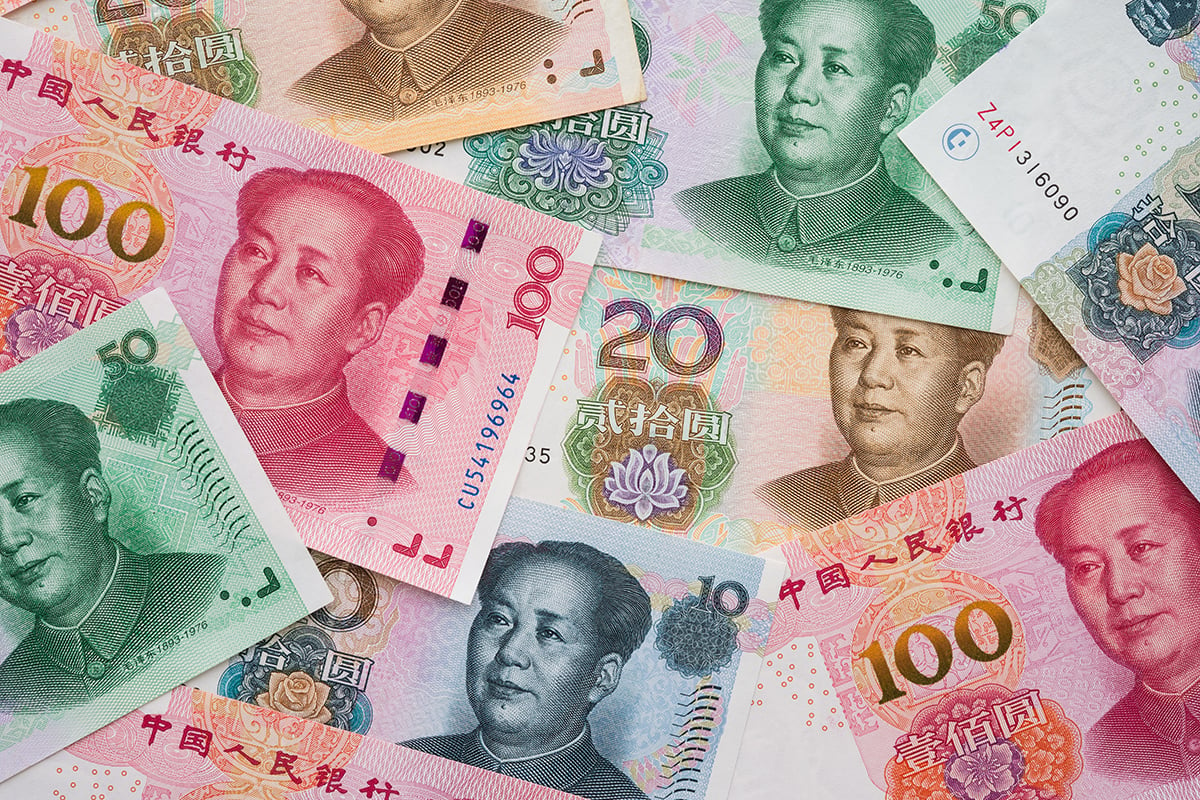Deflation, the broad-based decline in many prices within an economy, is currently making headlines as economists and analysts closely monitor China’s economic trends.
In recent months, China has experienced negative inflation rates across various price measures, including consumer prices and producer prices. This has raised concerns about whether China’s deflationary trend could potentially ripple through the global economy, impacting advanced economies. However, a deeper examination reveals that the situation may not be as straightforward as it seems.
China’s Deflationary Trend
China, as the world’s largest manufacturer and a crucial player in global production chains, has been grappling with deflationary pressures. Consumer prices in China fell in July for the first time in two years, with food prices, particularly pork and other meats, playing a significant role in these fluctuations.
In addition to food, other sectors like home appliances and transport have also seen price declines. Notably, producer prices in China have continued to fall for 11 consecutive months.
China’s Role in Global Supply Chains
China’s position in global supply chains is a key factor in understanding the potential impact of its deflation on the world economy.
While China sits at the end of many global production chains, it is not necessarily at the end of supply chains. The full supply chain process involves various components, including trade taxes, warehousing costs, transport costs, wholesale costs, retail costs, advertising budgets, financing costs, and sales taxes.
These factors move independently of exporters’ or domestic producers’ prices.
Impact on Consumer Prices in Developed Economies
When examining the relative importance of different sectors within the supply chain, it becomes evident that post-production pricing plays a significant role in determining consumer prices. In the United States, for example, the combined gross value added of warehousing, transport, wholesale, and retail trade surpasses that of manufacturing, emphasizing the importance of these later-stage supply chain components.
For certain products like clothing, footwear, and household furniture, which account for just over 10% of US imports from China, domestic and foreign producers receive about 30-40% of the price paid by the US consumer. However, in general, exporters selling in the US receive less than half of the consumer price.
Limited Global Impact
While China’s export price deflation is a cause for concern, its impact on consumer prices in developed economies is likely to be limited. The costs and profit margins that emerge later in the supply chain, coupled with the relative importance of sectors like transportation and retail in determining consumer prices, act as mitigating factors.
As a result, the world may not face a substantial deflationary wave from China’s economic trends. Nevertheless, continued vigilance and analysis of the global supply chain dynamics will be essential in understanding and responding to the evolving economic landscape.







